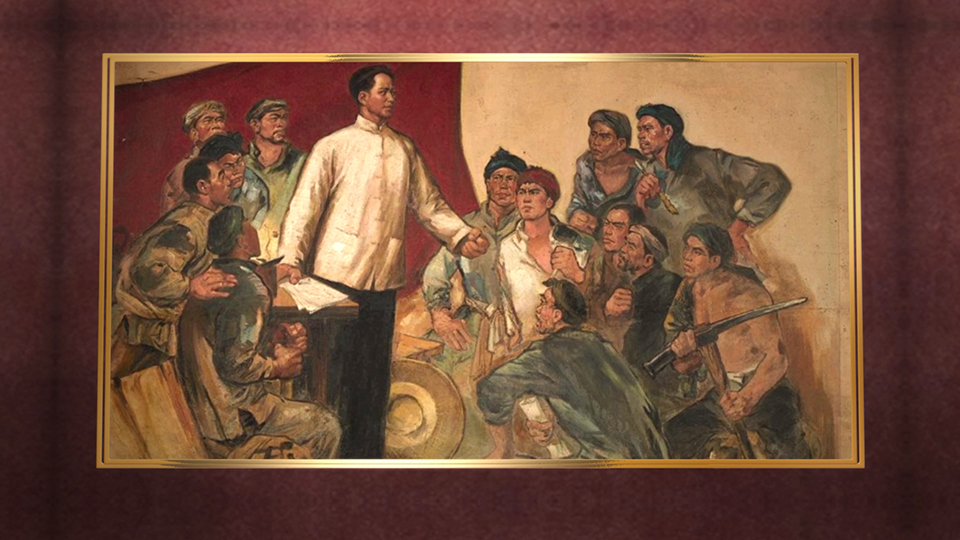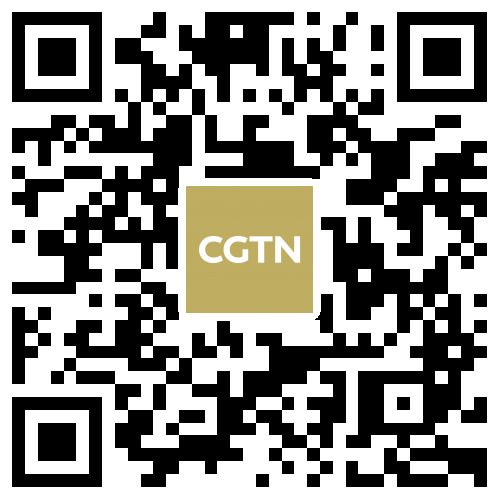00:25

This oil painting was created by Fang Zengxian in 1968.
It captures the moment when Mao Zedong in 1922, then the leader of the Hunan Committee of the CPC, promoted revolutionary ideas in the coal mines of Anyuan in southeast China’s Jiangxi Province.
01:27

Workers at the Anyuan coal mines used to work 12 hours a day and earn low wages, around three dollars a month. Workers were beaten and cursed by employers. And their payments were often delayed for months.
From 1901 to 1919, workers carried out seven large-scale protests to call for better pay and working conditions. There were no unions.
After the Communist Party of China was founded in 1921, it focused on getting the working class united in the country to fight against inequality, imperialism and feudalism.
Mao Zedong and other Chinese communists made numerous trips to the Anyuan coal mines to organize workers, educate them with revolutionary ideas and raise their awareness of the need to establish a union.
In May 1922, the Anyuan Railways and Mines Workers' Club was officially established.
Several months later, more than 13,000 miners and railway workers were mobilized to join the Great Strike of 1922.
The five-day non-violent protest led by the CPC forced the railway and mining company to accept the workers’ 13 demands including pay raises, back wages, labor contract reform, improved working conditions and increasing funds for the workers’ club.
It was the first time the CPC independently led a workers’ movement.
Check out The China Report, our new weekly newsletter. Subscribe here!

